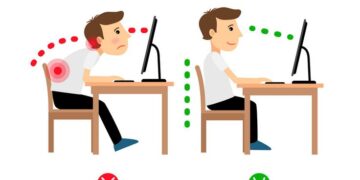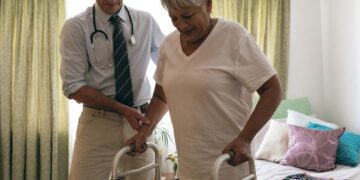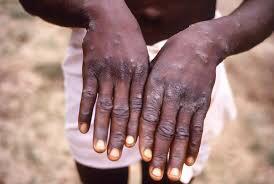The latest outbreak of monkeypox has raised concerns globally, as cases have surged in several countries. Monkeypox, a viral zoonotic disease, shares similarities with smallpox but is generally less severe. As health organizations work to contain the outbreak, it’s essential to understand the nature of the virus, the current situation, and the preventive measures that can be taken.
What is Monkeypox?
Monkeypox is caused by the monkeypox virus, a member of the Orthopoxvirus genus. The disease was first identified in 1958 in monkeys kept for research, which led to its name. Human cases were initially reported in 1970 in the Democratic Republic of Congo. Since then, outbreaks have occurred sporadically in parts of Central and West Africa.
The virus is transmitted to humans through close contact with an infected animal, human, or contaminated materials. Symptoms usually appear within 7 to 14 days after exposure and include fever, headache, muscle aches, backache, swollen lymph nodes, chills, and exhaustion. A rash often develops, beginning on the face and spreading to other parts of the body, eventually forming scabs.
Current Situation
The recent outbreak has seen a significant increase in cases reported outside of Africa, raising alarms among public health officials. The World Health Organization (WHO) has reported cases in several countries, including the United States, the United Kingdom, Canada, and various European nations. This outbreak is unusual in its geographic spread, affecting regions that typically do not see monkeypox cases.
Health authorities are investigating the cause of the spread, with early indications pointing to close physical contact as a primary mode of transmission. While monkeypox is not as contagious as diseases like COVID-19, its spread in non-endemic areas has prompted a global response.
Health Implications
Though monkeypox is generally less severe than smallpox, it can still pose significant health risks, especially for immunocompromised individuals, children, and pregnant women. The case fatality rate for monkeypox can range from 1% to 10%, depending on the strain and the region. However, with proper medical care, most patients recover within 2 to 4 weeks.
Vaccination has proven effective in preventing monkeypox, with the smallpox vaccine offering cross-protection against the monkeypox virus. In light of the outbreak, some countries have started to implement targeted vaccination strategies for high-risk groups, including healthcare workers and close contacts of confirmed cases.
Preventive Measures
To prevent the spread of monkeypox, the following measures are recommended:
- Avoid Close Contact: Limit exposure to individuals showing symptoms of monkeypox, such as a rash or sores.
- Practice Good Hygiene: Wash your hands frequently with soap and water or use hand sanitizer, especially after contact with potentially contaminated surfaces.
- Use Personal Protective Equipment (PPE): Healthcare workers and those caring for infected individuals should use appropriate PPE, including gloves and masks.
- Isolate Infected Individuals: Those diagnosed with monkeypox should be isolated until their symptoms resolve to prevent further transmission.
- Seek Medical Attention: If you suspect you have been exposed to monkeypox or develop symptoms, seek medical advice promptly.
Conclusion
The latest monkeypox outbreak serves as a reminder of the importance of global health vigilance and preparedness. While the disease is less transmissible than other viral infections, the current spread outside of endemic regions underscores the need for robust public health measures. Staying informed and taking preventive actions can help mitigate the impact of this outbreak and protect vulnerable populations.





























